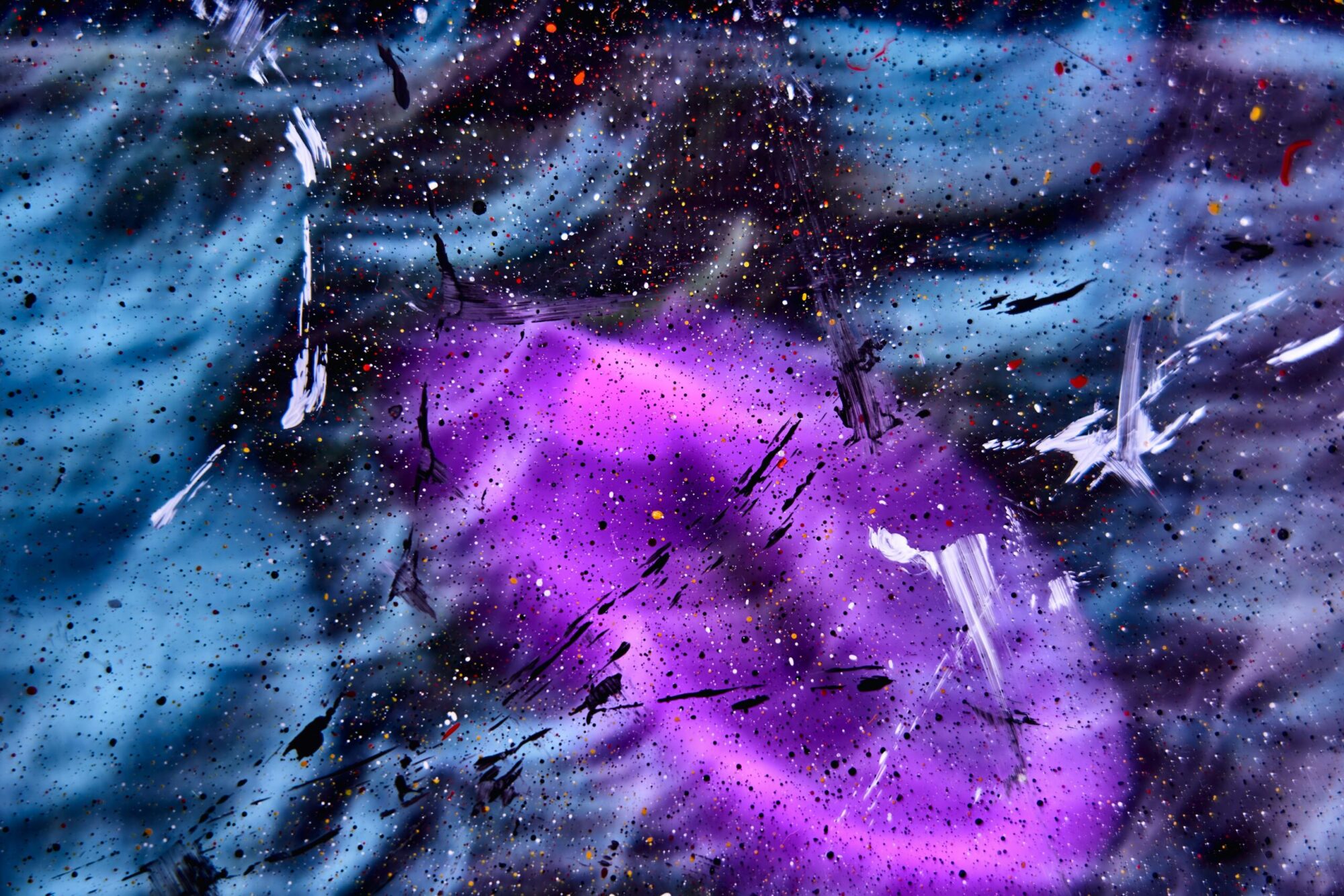I. The Forgotten Nutrition
The modern man feeds only on matter and forgets that he is built of light.
He counts calories but not currents, measures food but not forces. Yet every ancient doctrine knew that life depends not only on what is eaten, but on what is absorbed — from the sun, the moon, the ether, the stars.
In Sanskrit texts these currents were called prāṇa; the Greeks spoke of aithēr; the Hermetists of spiritus mundi. Sri Aurobindo described it as the cosmic energy that is the universal sustainer of life. To live consciously is to learn how to receive this subtle sustenance, to participate knowingly in the breath of the cosmos.
II. The Science of Receptivity
Every human being is an open system within a larger field. The body draws energy from the elements — fire, air, water, earth, ether and śūnya — but the soul draws subtler nutriment from their invisible correspondences.
This is not poetry. Modern biophysics already detects rhythmic electromagnetic variations tied to solar and lunar cycles. The ancient intuition was deeper still: these waves do not merely affect life; they communicate qualities.
The task of esoteric discipline is to refine perception so that one may register these impressions without distortion, as a musician attunes to overtones beyond ordinary hearing.
III. Times of Influx
Cosmic receptivity follows rhythm. Just as the tides respond to the moon, consciousness expands and contracts with the great cycles.
1. Dawn (Solar Ascent)
The hour before sunrise — Brahma-muhūrta, as the Indian sages named it — carries a stillness where terrestrial and celestial vibrations intermix. It is the most auspicious time to receive the solar current of awakening and order. Meditations held then align the nervous system with the day’s ascending rhythm.
2. Noon (Solar Zenith)
Here the solar fire peaks. It is a time of clarity and directed will, but receptivity must be tempered: the influx is fiery, demanding discrimination lest one’s energy burn rather than illumine. Acts of focus, study, or declaration belong to this hour.
3. Sunset (Solar Descent)
At twilight the day’s tension releases; currents turn inward. The ancients built evening rites around this shift — the Vedic sandhyā, the Angelus bell, the Sufi maghrib prayer — to gather the descending forces into consciousness before darkness disperses them.
4. Midnight (Lunar Apex)
When outer activity sleeps, the lunar current becomes dominant. Its vibration is cooling, receptive, magnetic. This is the time for contemplation, dream incubation, and silent invocation. Under the waxing moon, water and emotion rise; under the waning, purification and release occur.
IV. The Lunar Mirror
The moon is not merely a satellite but a regulator of subtle tides.
It magnifies the elemental field:
- Full Moon — amplifies Fire and Water, heightening passion and imagination; excellent for creative synthesis or prayer of expansion.
- New Moon — concentrates Earth and Air, favoring withdrawal, reorientation, and the sowing of new intention.
- First Quarter — increases Air, the power of movement and decision.
- Last Quarter — accentuates Earth, aiding closure and grounding.
To live in rhythm with these cycles is to restore participation in the cosmic order — the harmony of microcosm and macrocosm.
V. Method: Conscious Absorption
Receptivity is an art of alignment. The steps are simple but exacting:
- Still the instrument. Sit or stand in quiet posture, spine aligned.
- Breathe rhythmically. Inhale through the nose, exhale through the mouth; let the breath widen awareness.
- Feel the subtle body. Attend not to thought but to vibration — the skin tingling with an unseen contact.
- Invoke silently. A brief interior mantra — Om, Amen, So’ham — opens the center to descent.
- Receive without grasping. The influx comes not by force but by resonance.
- Seal the energy. Afterward, rest attention in the heart. Gratitude fixes the subtle substance into the being.
Practiced daily at dawn and twilight, this becomes a form of nourishment as tangible as food, yet more integral, for it feeds consciousness directly.
VI. The Ecology of the Invisible
To live in this manner is to rediscover our citizenship in the cosmos. We are not exiles trapped in matter but participants in a vast energetic communion.
Each thought, breath, and emotion exchanges substance with the world around it. The true ecological crisis begins when man ceases to recognize this exchange — when he pollutes not only the air of Earth but the subtle atmosphere of consciousness.
Receptivity, then, is also responsibility: to absorb only that which uplifts, to purify the channels of perception, and to radiate harmony in return.
VII. Ompyrean Practice
These practices rejoin what science has separated — matter and spirit, cosmos and psyche. Through conscious participation in the universal waves, the human being rediscovers his function as mediator between Earth and Heaven.
To feed on light is not metaphor but destiny.
The next evolution of humanity will live not against the cosmos, but with it.

